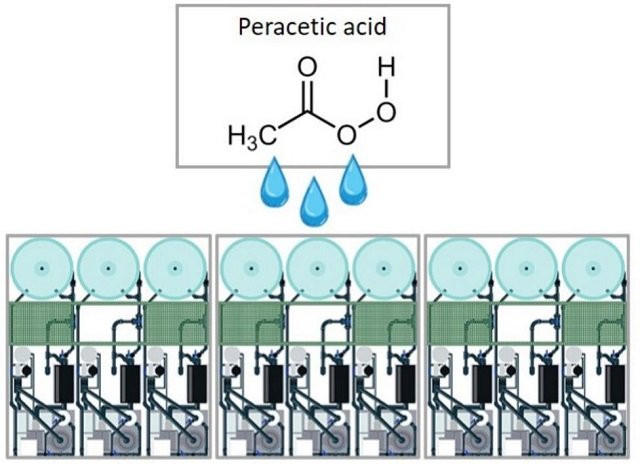Norway.- A new doctorate shows it is possible to change the fatty acid composition of farmed salmon through breeding. It can further help to utilise omega-3 in feed more effectively.
On 4th October, Nofima’s Siri Storteig Horn defended her PhD thesis regarding research on breeding and omega-3 in Atlantic salmon at the Norwegian University of Life Sciences (NMBU).
Genetic conditions
“Uncovering the metabolic differences between individuals with high and low omega-3 levels can help farmed salmon utilise omega-3 in feed more effectively”, says Storteig Horn.
Previous studies have shown a potential for selective breeding to increase overall levels of omega-3 fatty acids in salmon, but knowledge about the connection between individual omega-3 fatty acids and other traits has been lacking.
This is what she has been working intensely on for the last four years. Siri Storteig Horn, who grew up right next to the famous Målselva salmon river in Troms in Norway, has a Master’s degree in livestock breeding and genetics from NMBU.
Professor Theo Meuwissen from NMBU and senior scientists Anna Sonesson and Bente Ruyter from Nofima, with their respective expertise in genetics and nutrition, have been the doctoral supervisors.
“I’ve really had my hands full and had to learn a lot. There are very talented people in many disciplines at Nofima and NMBU, which enables one to see challenges from different angles”, says Storteig Horn.
Stay Always Informed
Join our communities to instantly receive the most important news, reports, and analysis from the aquaculture industry.
Target reached
The overall goal of her doctoral thesis was to identify the genetic basis and underlying biological mechanisms associated with omega-3 content in salmon fillets.
It has resulted in four pieces of research work, three of which have been published.
Her work included the study of families of farmed salmon that lived under the same conditions and were fed the same diet throughout life, so that environmental factors were reduced to a minimum.
There was large individual variation in the content of the omega-3 fatty acids EPA and DHA in the muscle tissues of the fish, and both EPA and DHA were hereditary properties, with heritability at 9 and 26 percent, respectively.
“This means that 9 and 26 percent of the differences between salmon are due to genes. Therefore, it is possible to change the fatty acid composition in salmon muscle by breeding”, the scientist explains.
Useful in breeding
Scientists have also seen that omega-3 levels in muscles are connected with fat deposition and metabolic processes such as carbohydrate metabolism, and with genes related to muscle growth.
In addition, we have identified a region on the salmon genome that is associated with omega-3 level variation, where they can continue to try to find which genes govern the omega-3 content of salmon fillets.
“This can help us understand why some salmon have more omega-3 than others, and can also be useful in breeding”, says Storteig Horn.
Her doctoral research is part of the “Genomics of omega-3 in Atlantic salmon” project. The four-year project was funded by the Research Council of Norway and was a collaboration between Nofima, NMBU, the University of Southampton and SalmoBreed.
Contact person
Siri Storteig Horn
Scientist
Phone: +47 64 97 02 08
siri.storteig.horn@nofima.no
Source: Nofima
Editor at the digital magazine AquaHoy. He holds a degree in Aquaculture Biology from the National University of Santa (UNS) and a Master’s degree in Science and Innovation Management from the Polytechnic University of Valencia, with postgraduate diplomas in Business Innovation and Innovation Management. He possesses extensive experience in the aquaculture and fisheries sector, having led the Fisheries Innovation Unit of the National Program for Innovation in Fisheries and Aquaculture (PNIPA). He has served as a senior consultant in technology watch, an innovation project formulator and advisor, and a lecturer at UNS. He is a member of the Peruvian College of Biologists and was recognized by the World Aquaculture Society (WAS) in 2016 for his contribution to aquaculture.




